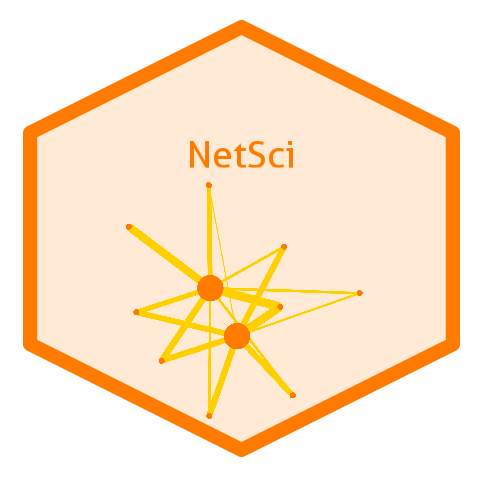
NetSci
Calculates network measures such as Largest Connected Component (LCC), Proximity, Separation, Jaccard Index, along with permutation, when needed.
Written by Deisy Morselli Gysi

Calculates network measures such as Largest Connected Component (LCC), Proximity, Separation, Jaccard Index, along with permutation, when needed.

Categorize links and nodes from multiple networks in 3 categories: Common links (alpha) specific links (gamma), and different links (beta). Also categorizes the links into sub-categories and groups. The package includes a visualization tool for the networks. More information about the methodology can be found at https://doi.org/10.1371/journal.pone.0240523

It provides a list of genes associated to diseases (g2d$clean and g2d$complete) based on the following 4 publications (GS2D, Fontaine (2016) doi:10.18547/gcb.2016.vol2.iss1.e33, DisGeNET, Pinero (2016) doi:10.1093/nar/gkw943 Berto2016, Berto (2016) doi:10.3389/fgene.2016.00031 and PsyGeNET, Sacristan (2015) doi:10.1093/bioinformatics/btv301). Those lists were combined and manually curated to have matching disease names. When provided a list of gene names, it calculates the disease enrichment of the gene set. The enrichment is calculated using proportion test and Fisher’s exact test. Adjusted fdr p-values are returned alongside with p-values combined using the Fisher’s method.

Computes the Weighted Topological Overlap with positive and negative signs (wTO) networks given a data frame containing the mRNA count/ expression/ abundance per sample, and a vector containing the interested nodes of interaction (a subset of the elements of the full data frame). It also computes the cut-off threshold or p-value based on the individuals bootstrap or the values reshuffle per individual. It also allows the construction of a consensus network, based on multiple wTO networks. The package includes a visualization tool for the networks.